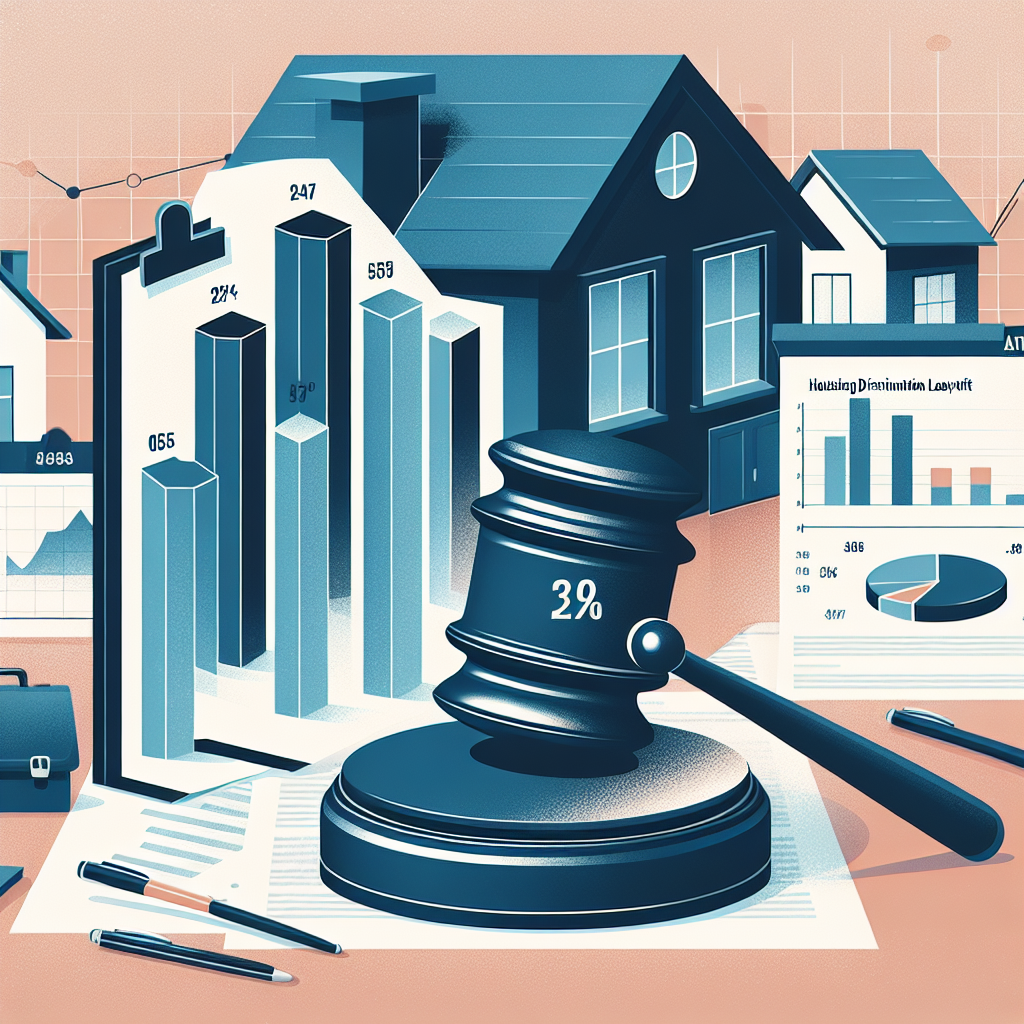I boarded the plane with my well-worn notebook in one hand and an invitation to adventure in another. For me, ‘adventure’ meant following a trail where others fear to tread – into the heart of issues that matter. This time it manifested itself as a housing discrimination lawsuit titled ‘The Numbers Don’t Lie’. So join me; our journey begins.
Industry Overview
The panorama beneath our metaphorical aircraft is America’s vast real estate market – uncharted territory for some but home ground for many. It’s a landscape shaped by color lines drawn ages ago with minority communities often barred access or charged more for homes due to their race or ethnicity.
Alert: Critical information revealed
This is not just speculation; it’s data-driven deduction backed up by comprehensive studies like one from National Fair Housing Alliance (NFHA) which highlighted over 30% increase in housing racial bias complaints within last year alone.
Current Trends
We’ve seen headwinds change direction recently resulting in much-needed exposure on systemic racism still plaguing parts of our societal fabric. News outlets are increasingly catching wind of these lawsuits bringing them into public limelight urging us towards necessary reforms.
Key Players
In our narrative here two primary groups hold centre stage: discriminating parties – often landlords or property management companies who allegedly violate Federal Fair Housing Act provisions; And secondly aggrieved victims rallying against prejudice and oppression.
Creative Process
When such discrimination is put under legal spotlight, it catalyzes a multi-staged dance between lawyers, plaintiffs, defendants, the court system and in some cases even public opinion. The choreography of this legal ballet unfolds through intricate maneuvers of fact-finding analyses, deposition gauntlets and strategic arguments until justice rules the final act.
Market Dynamics
An element often overlooked is how such lawsuits impact our economic panorama. Discriminatory practices can artificially inflate costs for certain ethnicities stifling their economic mobility while also causing an imbalance in housing market equilibrium by inhibiting fair competition.
Audience Response
The ripples of these revelations echoed across social media platforms sparking heated debates and powerful calls to action. Anger was followed closely by determination to dismantle discriminatory walls that still cast long shadows over minority communities today.
Industry Challenges
The dragon here isn’t just inequality- it’s invisibility. Housing discrimination remains shrouded due to lack of stringent enforcement mechanisms or simply being unseen among convoluted layers of bureaucracy obscuring true extent of systemic bigotry within our housing industry.
Transformative Change
Please note that every lawsuit carries potential power to enforce transformative change; A flicker amongst growing flames fighting prejudice in all its forms.
